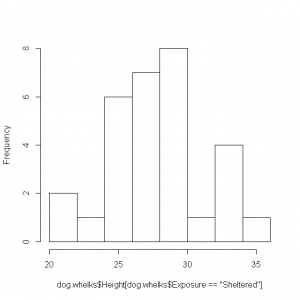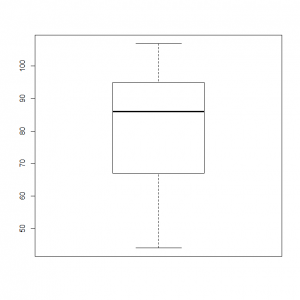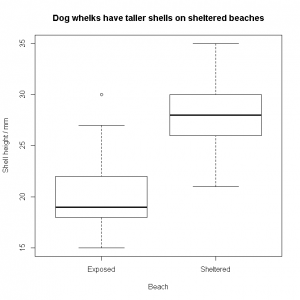Nerd of this parish.
Most commented posts
- Modular origami — 35 comments
- Educational RCTs — 17 comments
- A brief history of rubbish — 6 comments
- The Michaelis-Menten model is not applicable to most enzymes in a cell — 6 comments
- The magnolia misunderstanding — 5 comments


![Corvus corone [CC-BY-SA-3.0 Steve Cook]](https://www.polypompholyx.com/wp-content/uploads/2014/01/Corvus_corone-300x199.jpg)

![Penicillum sp. growing on a lemon [CC-BY-SA-3.0 Steve Cook]](https://www.polypompholyx.com/wp-content/uploads/2014/01/Penicillum_sp-300x266.jpg)

![Lacrymaria olor [CC-BY-SA-3.0 Steve Cook]](https://www.polypompholyx.com/wp-content/uploads/2013/10/Lacrymaria_olor_montage-300x100.jpg)